Biomes
My Own Biome features ten terrestrial biomes for game play.
Middle Latitude Deciduous Forest
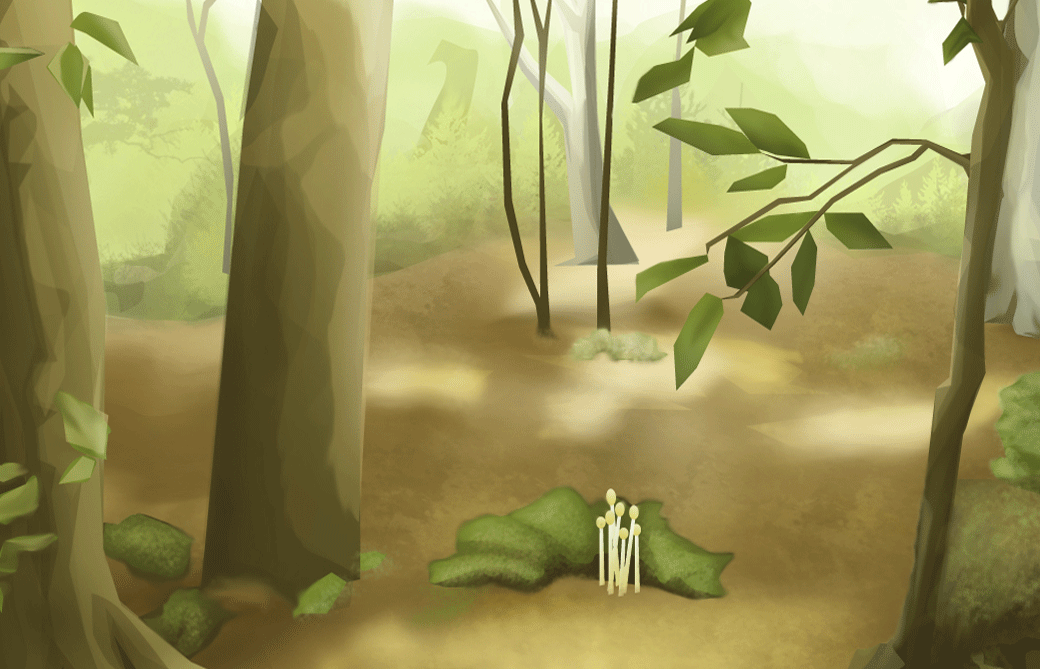 The main characteristic of a deciduous forest is that it has four seasons: spring, summer, fall, and winter. During each yearly cycle, changes in climate cause the trees to change the color of their leaves and lose them during the winter. Middle-latitude deciduous forests, also called temperate forests, grow near the equator, mainly in eastern North America, Western Europe, and eastern Asia. This biome is one of the most heavily used by people because many of its tree species provide an excellent resource for paper and building materials. Also, the mild climate makes the biome ideal for people to inhabit.
The main characteristic of a deciduous forest is that it has four seasons: spring, summer, fall, and winter. During each yearly cycle, changes in climate cause the trees to change the color of their leaves and lose them during the winter. Middle-latitude deciduous forests, also called temperate forests, grow near the equator, mainly in eastern North America, Western Europe, and eastern Asia. This biome is one of the most heavily used by people because many of its tree species provide an excellent resource for paper and building materials. Also, the mild climate makes the biome ideal for people to inhabit.
Desert Scrub
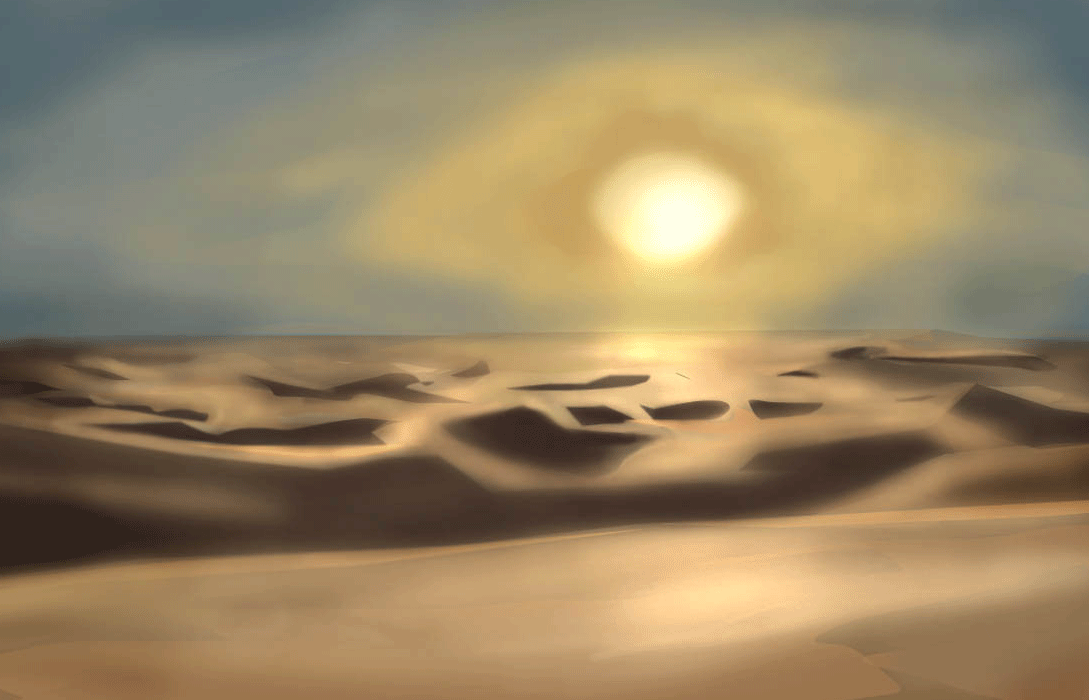 The desert scrub is an important biome that supports a surprising amount of plants and animals. Total rainfall for a year averages less than 10 inches, but a wet season promotes growth of plants like cactus, palm, and shrubs throughout the spring. Plants and animals that live on desert scrub have special adaptations to help them survive in the dry, hot climate. Plants have tough, waxy coating on the leaves to prevent water loss and taproots that grow deep to reach ground water. Animals require very little drinking water, but instead have ways to retain water in the body.
The desert scrub is an important biome that supports a surprising amount of plants and animals. Total rainfall for a year averages less than 10 inches, but a wet season promotes growth of plants like cactus, palm, and shrubs throughout the spring. Plants and animals that live on desert scrub have special adaptations to help them survive in the dry, hot climate. Plants have tough, waxy coating on the leaves to prevent water loss and taproots that grow deep to reach ground water. Animals require very little drinking water, but instead have ways to retain water in the body.
Desert
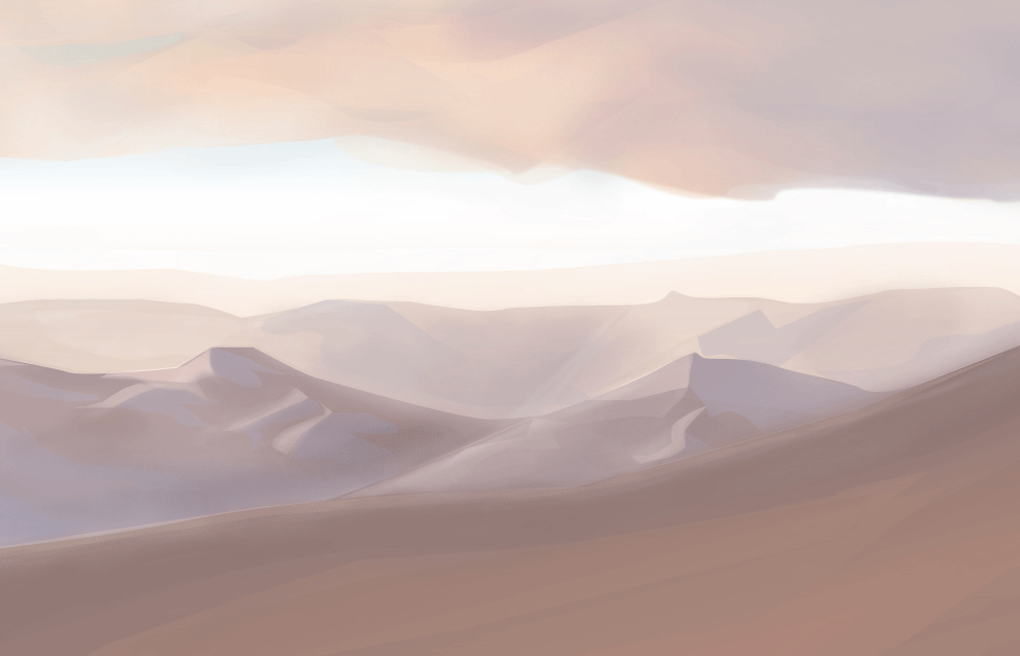 The Gobi Desert covers a large region of Mongolia and China. Unlike a typical hot desert, the cold Gobi is dry because the Himalayan Mountains create a barrier for rain clouds. It also sits on a plateau at three- to five-thousand feet above sea level. Many species exist on this desert and surrounding biomes, including gazelles, polecats, camels, wolves, shrubs and the extremely rare snow leopard. Originally, neighboring forests and grasslands create a boundary for the desert, but deforestation and overgrazing is allowing the Gobi to expand at more than 1,300 square miles per year.
The Gobi Desert covers a large region of Mongolia and China. Unlike a typical hot desert, the cold Gobi is dry because the Himalayan Mountains create a barrier for rain clouds. It also sits on a plateau at three- to five-thousand feet above sea level. Many species exist on this desert and surrounding biomes, including gazelles, polecats, camels, wolves, shrubs and the extremely rare snow leopard. Originally, neighboring forests and grasslands create a boundary for the desert, but deforestation and overgrazing is allowing the Gobi to expand at more than 1,300 square miles per year.
Tropical Dry Forest
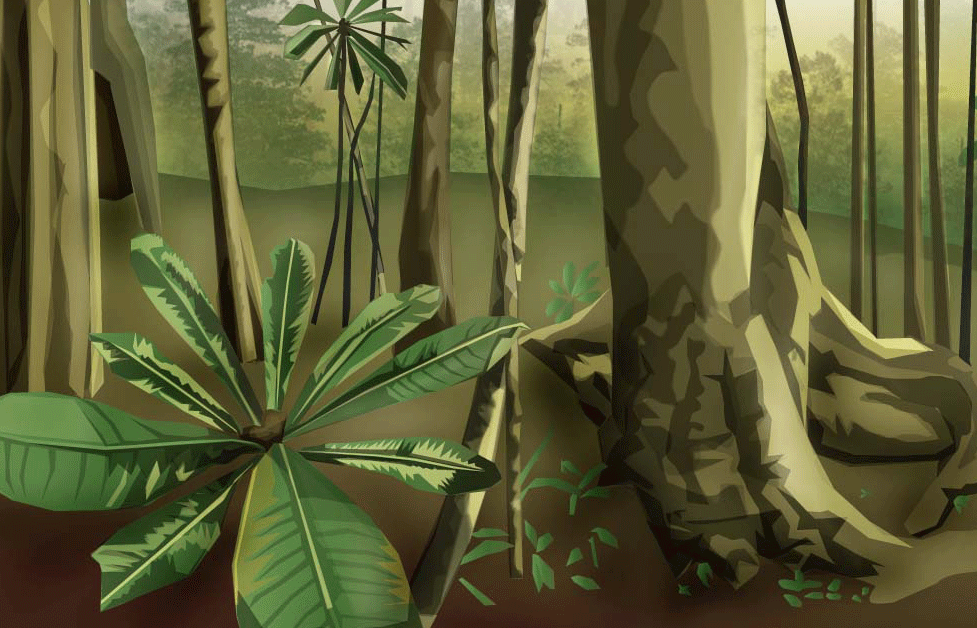 Tropical dry forest biomes are found in warm climates of India, Australia, Central and South America, Mexico, Africa, and Madagascar. Compared to rainforests, dry forests receive less rain, at least 20 inches a year, and so the trees tend to be smaller. There are typically fewer species in dry forests, too, although there is still a high level of biodiversity. Tropical forests are known for producing beautiful woods that have high commercial value, which motivates deforestation, unfortunately. But there are greater reasons to save these forests because they produce medicinal sources, maintain climate conditions, absorb carbon dioxide, and more.
Tropical dry forest biomes are found in warm climates of India, Australia, Central and South America, Mexico, Africa, and Madagascar. Compared to rainforests, dry forests receive less rain, at least 20 inches a year, and so the trees tend to be smaller. There are typically fewer species in dry forests, too, although there is still a high level of biodiversity. Tropical forests are known for producing beautiful woods that have high commercial value, which motivates deforestation, unfortunately. But there are greater reasons to save these forests because they produce medicinal sources, maintain climate conditions, absorb carbon dioxide, and more.
Tropical Rain Forest
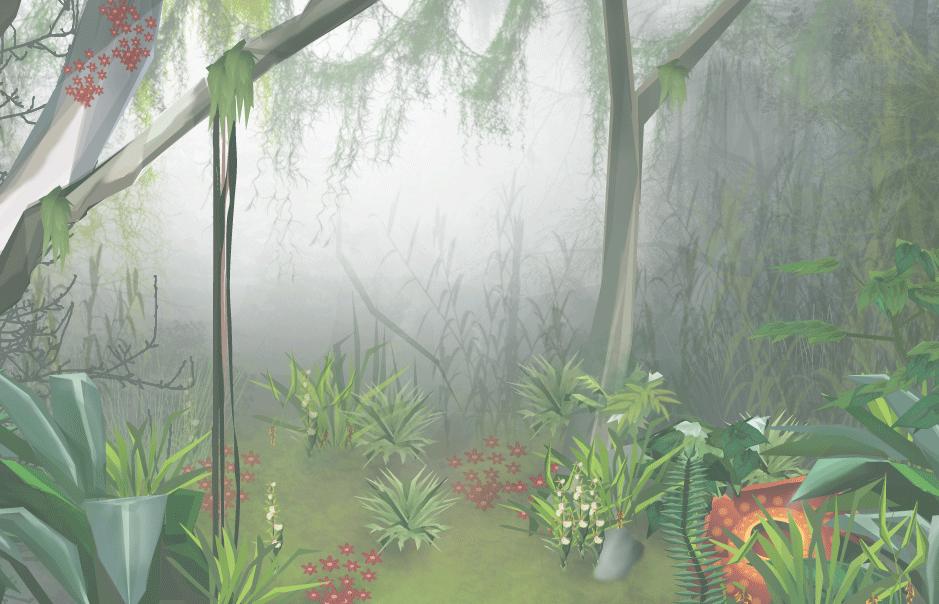 With over 60 inches of precipitation each year, tropical rainforests are extremely lush environments that support high productivity and countless plants and animals. Giant trees standing more than 200 feet tall are common. Rainforest are estimated to have covered about 12 percent of land just a few thousand years ago, but now totals less than 5 percent due to unsustainable harvest of timber and clearing for farms. The largest remaining tropical forests are in Brazil, Congo, Indonesia, and Malaysia. If these habitats are lost, many species such as orangutans and plants that hold medicinal powers will be lost, too.
With over 60 inches of precipitation each year, tropical rainforests are extremely lush environments that support high productivity and countless plants and animals. Giant trees standing more than 200 feet tall are common. Rainforest are estimated to have covered about 12 percent of land just a few thousand years ago, but now totals less than 5 percent due to unsustainable harvest of timber and clearing for farms. The largest remaining tropical forests are in Brazil, Congo, Indonesia, and Malaysia. If these habitats are lost, many species such as orangutans and plants that hold medicinal powers will be lost, too.
Taiga
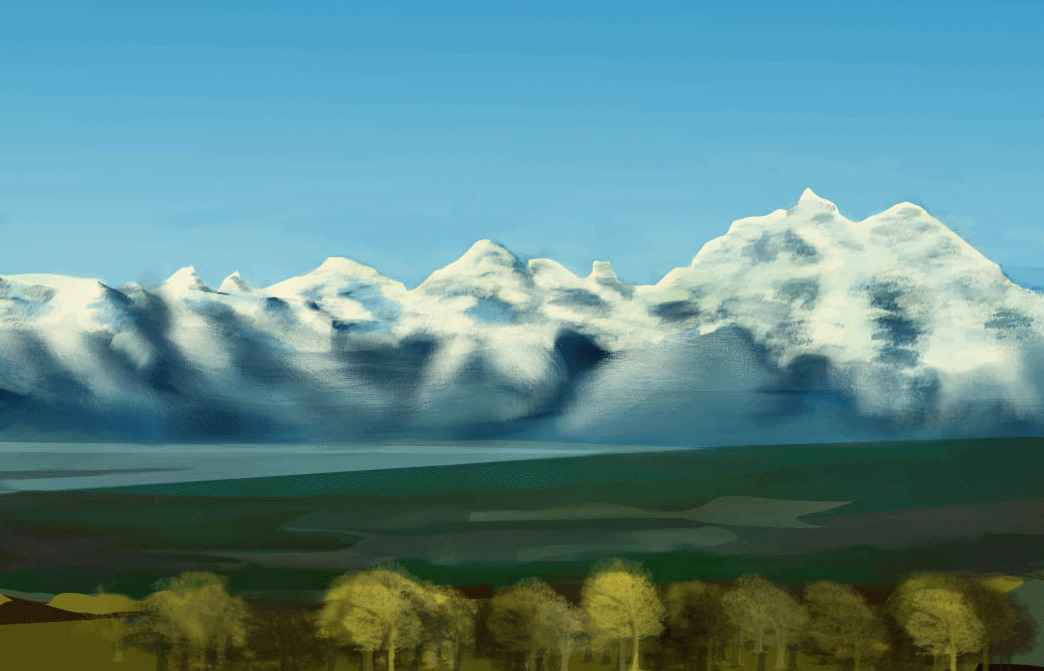 The most common biome in the world is the taiga, also known as boreal forest. This habitat is found far north, but south of the Arctic Circle. With little diversity, a majority of the plants that make up a taiga are coniferous trees, which are trees that grow their seeds in cones and have evergreen, needle-shaped leaves. Summers have long hours of daylight, while it is very cold and snowy during winter months. Animals that live on taiga have special ways of coping with the harsh environment, like morphing into a white winter coat and migrating long distances.
The most common biome in the world is the taiga, also known as boreal forest. This habitat is found far north, but south of the Arctic Circle. With little diversity, a majority of the plants that make up a taiga are coniferous trees, which are trees that grow their seeds in cones and have evergreen, needle-shaped leaves. Summers have long hours of daylight, while it is very cold and snowy during winter months. Animals that live on taiga have special ways of coping with the harsh environment, like morphing into a white winter coat and migrating long distances.
Tundra
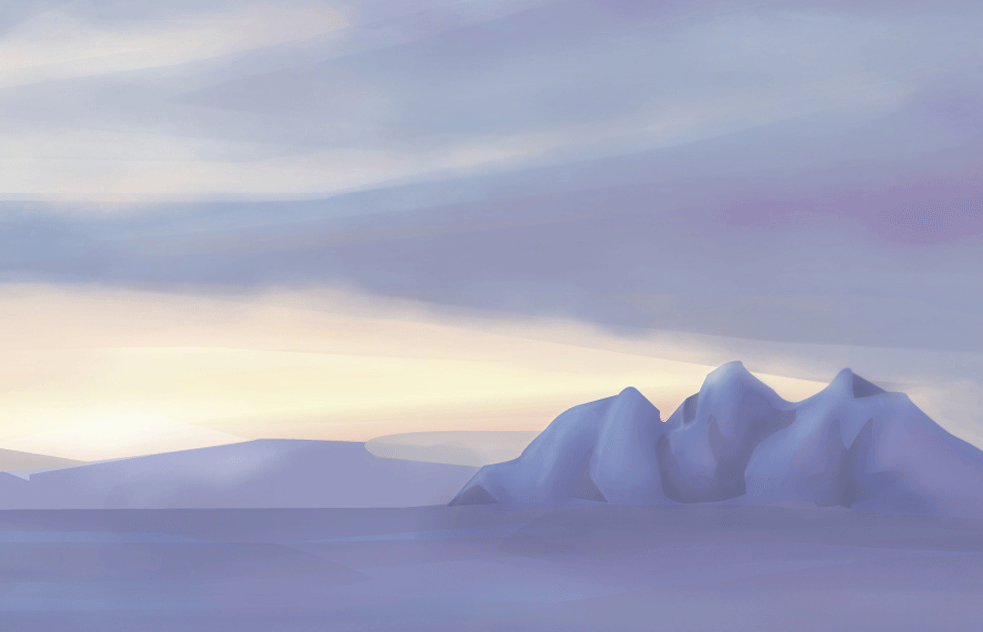 The tundra is located on the North Pole, making it the coldest of all biomes. It is dominated by low-growing plants like shrubs, mosses, liverworts, and grasses. These 1,700 species of plants have adapted to growing seasons that are only 50-60 days long, cold temperatures that dip below -30 degrees Celsius, poor-quality soils, and low light conditions that are inadequate for tree growth. Tundra vegetation provides food for many herbivores from lemmings to hares and caribou, which in turn is a source of protein for predators like wolves and bears. Despite adaptations, many animals migrate south during winter.
The tundra is located on the North Pole, making it the coldest of all biomes. It is dominated by low-growing plants like shrubs, mosses, liverworts, and grasses. These 1,700 species of plants have adapted to growing seasons that are only 50-60 days long, cold temperatures that dip below -30 degrees Celsius, poor-quality soils, and low light conditions that are inadequate for tree growth. Tundra vegetation provides food for many herbivores from lemmings to hares and caribou, which in turn is a source of protein for predators like wolves and bears. Despite adaptations, many animals migrate south during winter.
Temperate Grassland
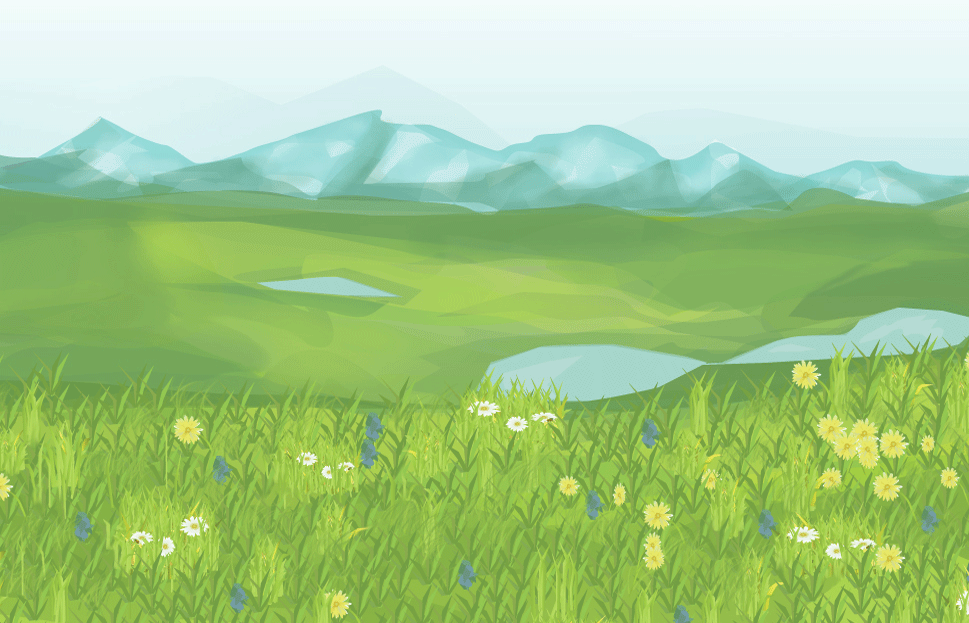 Temperate grasslands are flat plains that are composed of a wide variety of perennial grasses. Examples of this biome include the prairies of North America, steppes of Eurasia, pampas of South America, and savanna in Australia. On most continents, these grasslands are home to large herbivores that live in large herds. Even though the soils are very fertile, the dense grasses and constant grazing is enough to prevent tree growth. In Australia, however, the lack of large mammals allows trees to grow. There are many marsupials and reptiles that inhabit the Australian temperate grassland, as well as trees like eucalyptus.
Temperate grasslands are flat plains that are composed of a wide variety of perennial grasses. Examples of this biome include the prairies of North America, steppes of Eurasia, pampas of South America, and savanna in Australia. On most continents, these grasslands are home to large herbivores that live in large herds. Even though the soils are very fertile, the dense grasses and constant grazing is enough to prevent tree growth. In Australia, however, the lack of large mammals allows trees to grow. There are many marsupials and reptiles that inhabit the Australian temperate grassland, as well as trees like eucalyptus.
Tropical Grassland
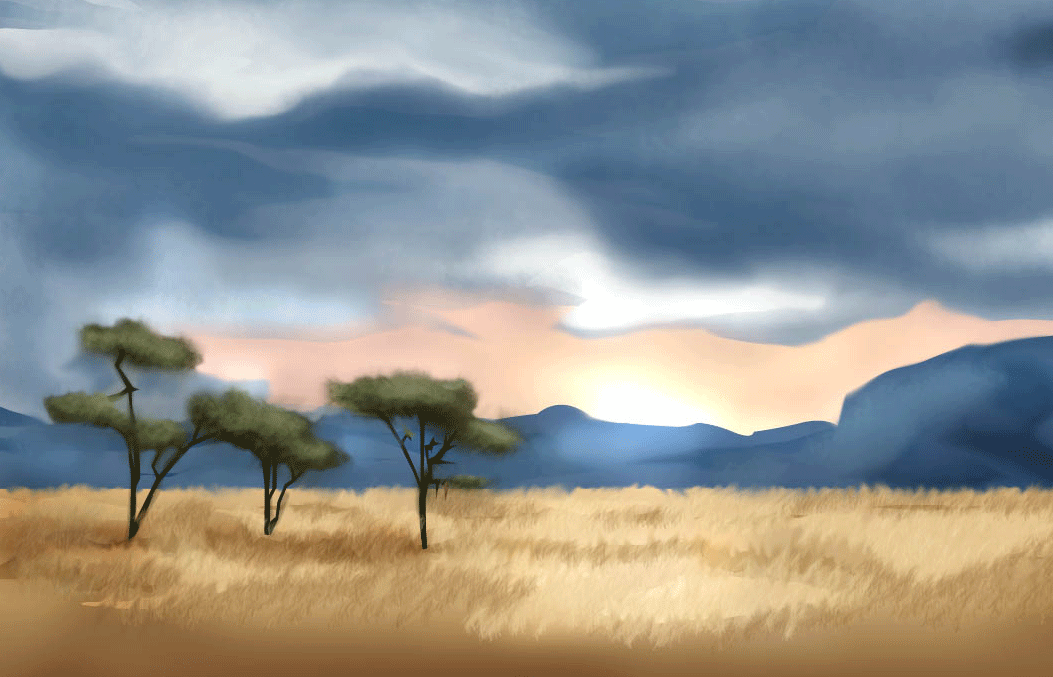 Tropical grasslands grow north and south of rainforests and are usually subject to floods seasonally or year-round. Also known as savanna, this ecosystem supports many species of grasses and shrubs. Some trees grow in tropical grassland, but they are sparse enough to maintain an open canopy that allows sunlight to reach the herbaceous plants layer on the ground. Regular wildfires help prevent large trees from establishing in this biome. There is some evidence that global climate change is altering the landscape of tropical grasslands, with the result that more woody plants are growing than before.
Tropical grasslands grow north and south of rainforests and are usually subject to floods seasonally or year-round. Also known as savanna, this ecosystem supports many species of grasses and shrubs. Some trees grow in tropical grassland, but they are sparse enough to maintain an open canopy that allows sunlight to reach the herbaceous plants layer on the ground. Regular wildfires help prevent large trees from establishing in this biome. There is some evidence that global climate change is altering the landscape of tropical grasslands, with the result that more woody plants are growing than before.
Temperate Coniferous Forest
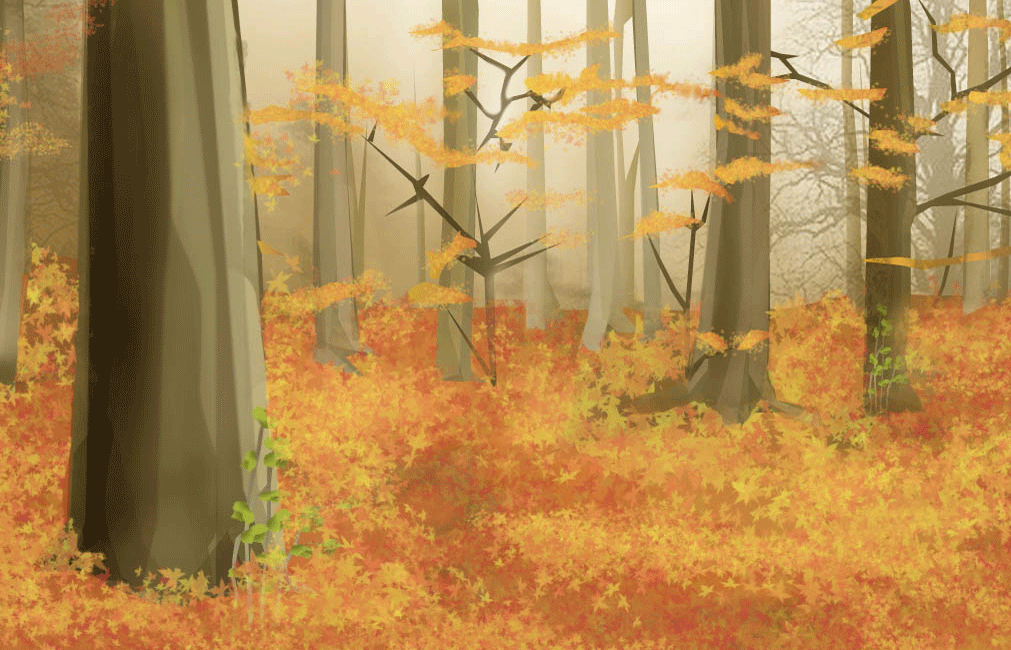 Temperate coniferous forests are dominated by evergreen trees and usually have lots of rain and mild winters. They are common to coastal regions, and may extend inland. Generally, there are two layers: the overstory composed by taller trees, and the understory that is full of herbaceous plants, shrubs, ferns, mosses and more. Temperate coniferous trees are some of the largest organisms on the planet, with members such as the Giant Sequoia. A unique habit of many temperate forests is that they undergo yearly forest fires to renew nutrients in the soil and promote seed growth.
Temperate coniferous forests are dominated by evergreen trees and usually have lots of rain and mild winters. They are common to coastal regions, and may extend inland. Generally, there are two layers: the overstory composed by taller trees, and the understory that is full of herbaceous plants, shrubs, ferns, mosses and more. Temperate coniferous trees are some of the largest organisms on the planet, with members such as the Giant Sequoia. A unique habit of many temperate forests is that they undergo yearly forest fires to renew nutrients in the soil and promote seed growth.
